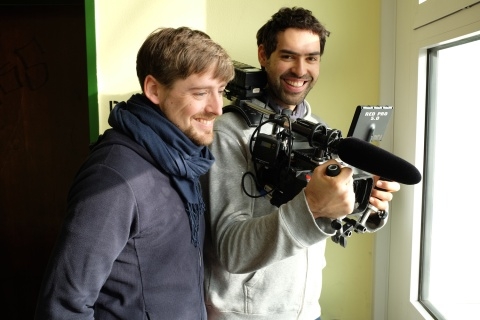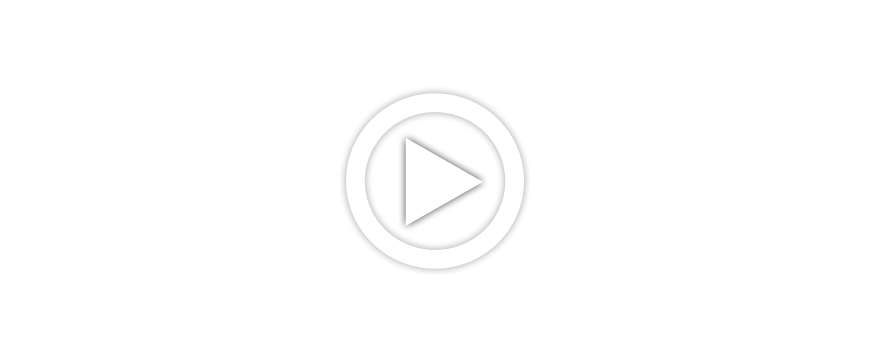Director's Commentary
Florian Heinzen-Ziob on his film "German Class"
»During a short film project about "money and debt" with pupils at Cologne's Henry Ford secondary school, I spotted a strange lesson plan on a board: "Monday to Friday – 5 x German". Nothing but German. I wondered who could have devised such a sadistic lesson plan. Then I came across Ute Vecchio and her preparation class, or "VK".
When I first attended the VK class, I was immediately struck by the enthusiasm and energy with which children from all over the world grapple with the German language. What's the difference between "finden" (to find) and "erfinden" (to invent)? How do you conjugate the verb "bitten" (to ask)? And I soon realised the teacher's role here is something much larger than someone who simply drums grammar into her pupils. She is the pupils' go-to person if they are homesick or are at risk of being deported. She represents academic discipline but also protects the children from their overly ambitious parents. She can explain facets of the German legal system and also how to use a dictionary. You could say Ute Vecchio is the first part of Germany the children get to know. And I was hugely impressed by the great job she is doing.
I knew right away that I wanted to shoot a film about this extraordinary class. I didn't want this to be yet another concerned look at the refugee situation. Rather I wanted it to be an emotional, gritty and also humorous film about the courage, energy and passion that young immigrants display when trying to settle in Germany. I was therefore extremely fortunate that class teacher Ute Vecchio and also the film's protagonists – twelve-year-old Pranvera from Albania, 13-year-old Schach from Kyrgyzstan, 13-year-old Kujtim from Kosovo and 15-year-old Ferdi, also from Kosovo – really opened up when on camera.
The decision to shoot the film in black and white was designed to remove it from its time and to make it easier for the viewers to associate it with their own time at school. A classroom is a busy place in a visual sense: the red chairs compete for the viewer’s visual attention with the multi-coloured books that lie on the tables, the colourful posters on the walls and the children’s T-shirts. Your eyes get no rest whatsoever and the protagonists, who are supposed to be the focus of the film, get lost in a whirlwind of colours. Losing the colour brought the children back to the centre of the picture and lent the narrative something of an archetypal feel.
For me as a filmmaker, I knew I wanted to remove the film from the images and stories that we see in the news on a daily basis about refugees. Unlike a news report or current affairs programme, a cinema film needs – in my opinion – to have a timeless, universal element to it. The children in the film either made it to secondary school proper, got kicked out of school altogether, or got deported. They all face an uncertain future. In spite of their respective situations, I still think the time they spent in the VK will stand them in good stead for their onward journeys. Above all, their teacher Ute Vecchio, who showed them discipline and affection in equal measure, will always remain a role model for them in tackling life’s many challenges.«
 Director Florian Heinzen-Ziob and cameraman Enno Endlicher
Director Florian Heinzen-Ziob and cameraman Enno Endlicher








